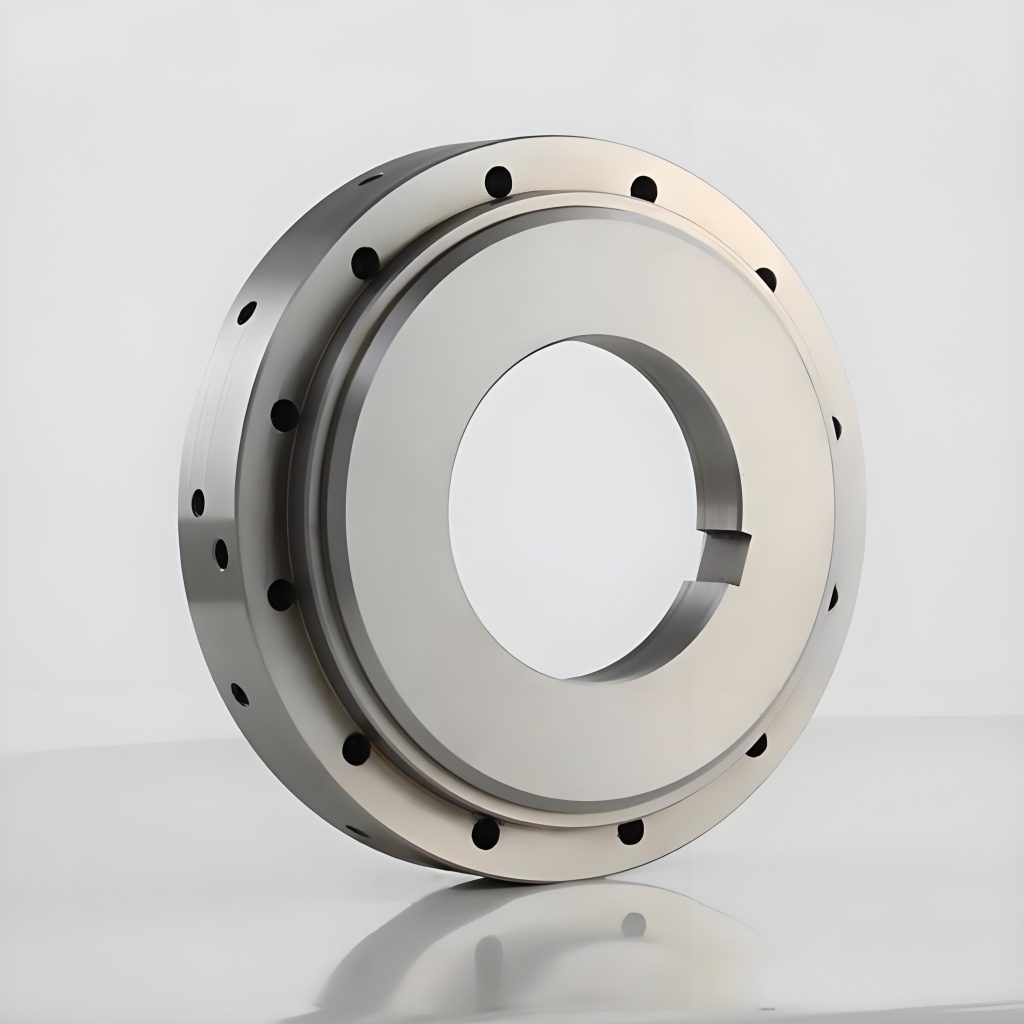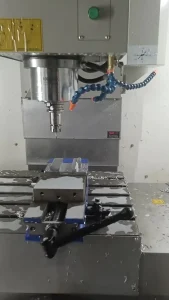1. 介绍
Aluminum is a widely used material in various industries due to its excellent combination of properties such as lightweight, good corrosion resistance, and high thermal and electrical conductivity. CNC turning is a crucial manufacturing process for producing aluminum parts with high precision and complex geometries. This article will explore the details of CNC turning for aluminum parts, including the process, 优势, 挑战, and the services provided by rapidefficient, a leading CNC machining service provider.
2. CNC Turning Process
CNC turning involves the use of a computer numerical control (数控系统) lathe to remove material from a rotating aluminum workpiece. The process begins with the clamping of the raw aluminum material onto the lathe chuck. The CNC machine is then programmed with specific instructions regarding the cutting tool path, 主轴速度, 进给率, 和切削深度. The cutting tool, which can be a single-point tool or a multi-point tool, is brought into contact with the rotating workpiece, and material is gradually removed to achieve the desired shape and dimensions of the aluminum part.

车削过程中, different types of cutting operations can be performed. Rough turning is usually carried out first to remove a significant amount of material quickly. This is followed by finish turning, which aims to achieve the final surface finish and dimensional accuracy of the part. 此外, other operations such as grooving, threading, and chamfering can also be incorporated into the CNC turning process to add specific features to the aluminum parts.
3. Advantages of CNC Turning for Aluminum Parts
3.1 高精度
CNC turning offers extremely high precision and repeatability. The computer-controlled nature of the process ensures that each aluminum part produced is consistent in terms of dimensions and shape. Tolerances as tight as ±0.005 mm can be achieved, making it suitable for applications where accuracy is critical, such as in the aerospace and automotive industries.
3.2 复杂的几何形状
Aluminum parts with complex internal and external geometries can be manufactured using CNC turning. The ability to program the cutting tool path precisely allows for the creation of features like tapered holes, contours, and threads with ease. This flexibility in design enables engineers to optimize the functionality and performance of aluminum components.
3.3 Cost-Effective for Medium to High Volume Production
Once the CNC program is set up, the production of aluminum parts can be carried out relatively quickly and efficiently. For medium to high volume production runs, the cost per part can be significantly reduced as the setup cost is spread over a larger number of units. This makes CNC turning a cost-effective solution compared to traditional machining methods for mass production of aluminum parts.
3.4 Good Surface Finish
Proper selection of cutting tools, 切削参数, and the use of coolant can result in a smooth surface finish on aluminum parts. A good surface finish not only improves the aesthetic appearance of the part but also reduces the need for additional finishing operations in many cases. This can save both time and cost in the overall manufacturing process.
4. Challenges in CNC Turning of Aluminum Parts
4.1 Chip Control
Aluminum has a relatively soft and ductile nature, which can lead to the formation of long, continuous chips during turning. These chips can cause problems such as tool clogging, surface damage, and interference with the cutting process. Effective chip control measures, such as using chip breakers, 调整切割参数, and proper coolant application, need to be implemented to overcome this issue.
4.2 Tool Wear
The softness of aluminum can also cause rapid tool wear. The high cutting speeds and feeds often used in CNC turning of aluminum can lead to increased friction and heat generation at the tool-workpiece interface. This can result in the premature wear of cutting tools, reducing tool life and increasing tooling costs. To address this, appropriate tool materials and coatings are selected, and tool replacement schedules are carefully managed.
4.3 Dimensional Stability
Aluminum has a relatively high coefficient of thermal expansion. 在加工过程中, heat generated can cause the part to expand, leading to dimensional inaccuracies. To ensure dimensional stability, measures such as using coolant to dissipate heat, allowing the part to cool down before final measurements, and compensating for thermal expansion in the CNC program are necessary.
5. rapidefficient’s CNC Machining Services for Aluminum Parts
5.1 最先进的设备
rapidefficient is equipped with advanced CNC lathes that are capable of handling a wide range of aluminum part sizes and geometries. These machines are regularly maintained and upgraded to ensure optimal performance and accuracy. The lathes have high spindle speeds and powerful motors, enabling efficient material removal and precise machining.
5.2 Experienced Machinists
The company employs a team of highly skilled and experienced machinists. These professionals have in-depth knowledge of CNC turning processes and are proficient in programming and operating the CNC lathes. They are able to handle complex aluminum part designs and ensure that each part is manufactured to the highest quality standards. The machinists also have extensive experience in dealing with the challenges associated with aluminum machining, such as chip control and tool wear, and can implement effective solutions.
5.3 Customization and Prototyping
rapidefficient offers customization services for aluminum parts. Whether it is a unique one-off prototype or a small batch production run, the company can work closely with customers to understand their specific requirements and translate them into high-quality aluminum parts. The ability to quickly produce prototypes allows customers to test and validate their designs before committing to large-scale production.
5.4 质量控制
A strict quality control system is in place at rapidefficient. Each aluminum part is inspected at various stages of the manufacturing process using advanced measuring instruments such as coordinate measuring machines (三坐标测量机). This ensures that the parts meet the specified tolerances and quality standards. Any parts that do not meet the requirements are either reworked or rejected, guaranteeing that only top-quality aluminum parts are delivered to customers.
5.5 有竞争力的定价
Despite offering high-quality CNC machining services, rapidefficient provides competitive pricing. The company optimizes its production processes and manages its costs effectively to offer cost-effective solutions to customers. This makes rapidefficient an attractive choice for both small and large businesses looking for reliable CNC turning services for aluminum parts.
6. 结论
CNC turning is a vital manufacturing process for aluminum parts, offering high precision, the ability to produce complex geometries, cost-effectiveness for medium to high volume production, and a good surface finish. 然而, it also comes with challenges such as chip control, 刀具磨损, and dimensional stability. 迅速的, with its state-of-the-art equipment, 经验丰富的机械师, customization services, strict quality control, 和有竞争力的价格, is a leading CNC machining service provider for aluminum parts. 您是否在航空航天, 汽车, 电子产品, or any other industry that requires high-quality aluminum components, rapidefficient can meet your CNC turning needs and help you bring your projects to fruition. By choosing rapidefficient, you can be assured of receiving top-notch aluminum parts manufactured with the utmost care and precision.






